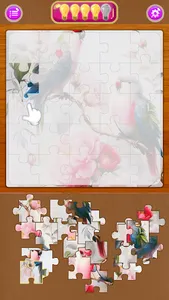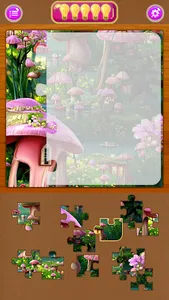Every parent thinks their child is a genius (even though they eat old Cheerios off the floor). Give your little one a free puzzle, watch their mind work some magic and you’ll be certain a Nobel Prize is next.
Kids of all ages can gain benefits from playing with puzzles game. These brain-building activities help develop cognitive and fine-motor skills, foster cooperative play and spur problem-solving prowess. Not only are puzzles a perfect way to spend some quality time together, but kids feel proud of themselves for completing one. Better yet, they’re an interactive way to teach colors, letters, numbers, shapes, animals and beyond.
There are different types of puzzles for different ages. One-year-olds have a blast with large, simple wooden puzzles where shapes easily fit into each cutout. As they grow, move onto more advanced setups with pieces of varying sizes and configurations.
Your tot may put more pieces in their mouth than in their designated places at first, but a little practice goes a long way in boosting hand-eye coordination. Be patient and resist the urge to help too much. Part of the fun is letting little ones figure things out for themselves. In the baby and toddler years, it’s all about tactile and sensory experiences as well as understanding size differentiation and object recognition.
Kids of all ages can gain benefits from playing with puzzles game. These brain-building activities help develop cognitive and fine-motor skills, foster cooperative play and spur problem-solving prowess. Not only are puzzles a perfect way to spend some quality time together, but kids feel proud of themselves for completing one. Better yet, they’re an interactive way to teach colors, letters, numbers, shapes, animals and beyond.
There are different types of puzzles for different ages. One-year-olds have a blast with large, simple wooden puzzles where shapes easily fit into each cutout. As they grow, move onto more advanced setups with pieces of varying sizes and configurations.
Your tot may put more pieces in their mouth than in their designated places at first, but a little practice goes a long way in boosting hand-eye coordination. Be patient and resist the urge to help too much. Part of the fun is letting little ones figure things out for themselves. In the baby and toddler years, it’s all about tactile and sensory experiences as well as understanding size differentiation and object recognition.
Show More































